Read full article on Forbes.com
The worker shortages of the past three years are driving employers to seek out more effective strategies of recruitment and retention of their entry level workforces. One of the strategies finding widespread employer interest and a rapid take-up rate is the Talent Pipeline Management® (TPM) program of the U.S. Chamber Foundation.
TPM is not pitching a new technology tool for identifying potential employees, or an Artificial Intelligence answer for sorting job applications. Rather, it provides a structured process for identifying local workers, onboarding them, and providing opportunities for wage and career advancement. It is meeting specific and immediate employer needs. Beyond this, though, it is helping to spur a broader rethinking of how companies and sectors can invest in entry level workers, reduce turnover, and be part of achieving a fuller middle class economy.
The Distinctive Features and Growth of the Chamber’s TPM
The U.S. Chamber Foundation’s TPM project, launched a decade ago by Jason Tyszko and Bob Sheets, was built on the shortcomings that Tyszko saw in workforce programs while in state government in Illinois from 2005-2013. As Tyszko explains, “Nearly all of the workforce projects in the state, including sector strategies and career pathways projects, claimed to be employer driven. But as I studied them, it became clear that while business representatives might be in advisory roles to the projects, they were not driving them. I saw an alternative structure by which employers would approach these projects as talent pipelines, and utilize strategies and tools similar to those utilized in other supply chains.”
The structure that Tyszko and Sheets designed around supply chain principles starts with employers within an industry or sector organizing themselves into a local or regional employer collaborative and following a structured six-stage process. The process identifies the employment “pain points”, the jobs for which employers are having most difficulty in finding and retaining workers, and then proceeds to design recruitment, training and retention approaches.
“Sector strategies” is not a new workforce strategy (it was current in 1979 when I started in the field), and is a main theme today—employers within a sector joining to meet workforce needs. The U.S. Chamber Foundation’s TPM differs from other “sector strategies”, though, in the following key features:
Real time information on job needs: Local and state governments regularly issue projections for job openings. In nearly all cases, these projections are out of date by the time they are issued. The TPM process provides real time information on current and upcoming job openings, that is validated by employers.
Employer choice of training and workforce partners, drawing on track records: Under other workforce sector partnerships, educational institutions, workforce boards and intermediaries, and employers are to come together to plan workforce projects. In TPM it is the employer collaboratives that drive the process. They choose the educational and workforce partners, based on need and past performance of these groups.
Mobility structures within the firm and sector: TPM is concerned not only with filling entry level jobs, but also with reducing turnover and building talent pipelines within the firm or sector. It puts a premium on entry level workers who can build a track record and then have opportunities to advance.
Employers are embracing these features, and the TPM program has grown steadily since its founding in 2014. According to Jaimie Francis, the director of the U.S. Chamber Foundation’s TPM program, over 1000 people from business, labor and community groups have gone through the TPM Academy® training, and more than 3000 companies have participated in TPM efforts in their communities. Currently, 100 or so employer collaboratives are active, spanning 33 sectors. Francis notes that while the most frequent organizers of the employer collaboratives are state and local chambers of commerce, the collaboratives can be organized and hosted by industry associations, local governments, or other entities.
How TPM operates can be summarized with snapshots of two of the more active and advanced collaboratives: the Equine and Agriculture Talent Pipeline in Kentucky and the Early Childhood Education collaborative in Michigan. Both collaboratives have evolved since their inception, incorporating the features noted above.
The Equine Industry and Finding the Horse Groom, Exercise Rider, Livestock Driver
The Equine and Agriculture Talent Pipeline includes the range of employers in the equine industry—thoroughbred and show horse farms, veterinary clinics, race tracks, show facilities, equine transportation businesses, and other supporting businesses. “Employers in this industry by 2018 found themselves unable to find and retain workers specifically for the horse farms: grooms, exercise riders, facility managers, livestock haulers, and mechanics,” recalls Laurie Mays, the project manager with the Kentucky Chamber. “The employers organized first to get a handle on the number of job openings and skills needed, and then to enlist education and job training partners.”
To help recruit workers, the employer collaborative has brought on several workforce partners/intermediaries. One of the more unlikely, yet effective, has been the Kentucky Department of Corrections. The Department previously had established an equine training at its Blackburn Correctional Facility, by which inmates managed a herd of retired racehorses, and took classes on equine management. The collaborative employers set up a structure to interview Blackburn graduates nearing release and also to reach out to other inmates nearing release, who expressed interest in the equine field. Further, the collaborative with Blackburn set up a process to provide wrap-around supportive services for those hired: assisting the ex-inmate to find housing, transportation, a bank account. The wrap-around services proved valuable enough that they became part of the services to other new and existing hires.
Retention has been a main problem for the industry, the very high turnover rates in the targeted jobs. To address retention, the collaborative set up focus groups with workers. As expected, wages and benefits were a priority. But the focus sessions also turned up an unexpected priority of ability to advance in the field. Mays recalls: “We found that workers were not concerned only with wages and benefits. Their commitment to the industry hinged on whether they could see opportunities to advance within the industry. And at that time, they couldn’t see these opportunities.”
In response, the collaborative set out to make the advancement opportunity more intentional. “Some employers hired an employee liaison to meet with each employee, map out career pathway options, and the actions needed to pursue these pathways,” Mays adds. “Further, the collaborative soon recognized that the entry level workers who were moving into managerial positions often lacked managerial skills, so trainings were added in leadership and management.”
The equine industry’s efforts have not eliminated turnover. But, as one data point, Foundation officials report that at the equine facilities, the average length of employment for entry level positions has doubled from around 10 months to 18-24 months.
Early Childhood Education and Staffing the Child Care Center
The Edison Early Childhood Education Career Pathway is a TPM employer collaborative in Kalamazoo, Michigan that was launched in 2019 to tackle hiring and retention in the local ECE job market. Nationwide, apart from the Head Start and other government funded child care centers, profit margins in early childhood education are low, wage flexibility is limited, and work environments are usually stressful. Turnover is high.
The Kalamazoo collaborative originated with plans by the YWCA Kalamazoo in 2019 to open a 24-hour childcare center in the Edison neighborhood. The YWCA hesitated as it feared an inability to hire the 15 early childhood educators to staff the center. The Kalamazoo Literacy Council (KLC) and its director Michael Evans, came on as a partner, and they soon connected with the TPM process and national network. In early 2021, Edison Early Childhood Education Career Pathway adopted the TPM processes of gathering real-time information on job needs from employers, identifying skills required, and utilizing their community group connections to recruit local workers. By 2023, the 15 positions at the YWCA had been filled, and 60 other positions filled with the 8 other employers who joined the collaborative.
“We emphasized neighborhood-based talent development”, Evans explains. “The participants begin in entry level positions, and at the same time receive formal training from Southwest Child Care Resources, to gain a Child Development Associate certificate, and can move into an Early Childhood Education apprenticeship that can lead to higher paid opportunities.” Career mobility in early childhood education is difficult with the limited number of higher-level positions. But some supervisory positions exist, and with experience and certifications, workers are able to move into higher paying positions in the public school system or into other child related social services.
According to Evans, the collaborative has been able to exercise some impacts on wages. “We established a $15/hr. wage level for our employers. That might not sound like much, but wages previously were closer to $12/hr. at many centers. We intend to continue to work on the wage issue, while building the career pathways that workers seek.”
The Reconsideration: Worker Retention, Mobility, and a Vibrant Middle Class
The TPM network nationwide has grown across sectors, including major TPM projects established by the Greater Phoenix Chamber (advanced manufacturing, construction, cybersecurity, financial services, healthcare, information technology), Vermont Business Roundtable (construction, manufacturing, healthcare), Greater Houston Partnership (petrochemical manufacturing and construction), the Greater Tallahassee Chamber (healthcare and information technology), and the California Foundation for Commerce and Education (construction). In various ways, all are focused on meeting immediate employer needs, while also testing models for greater worker mobility from entry level jobs.
The TPM collaboratives are not alone in addressing these questions, and not alone in their ideas on greater investments in entry level workforces. Last month, at the Opportunity Summit in Washington DC, Walmart, Target, Home Depot, Pepsi and other major American employers described how they were moving toward skills-based hiring and away from college degree requirements. They described how they were reconsidering their hiring structures to promote hiring from within and greater cultivation of their entry level workforces. Walmart CEO John Furner, who started stocking shelves in a Walmart store, outlined an aggressive program of upskilling of their hourly workforce and investing in workers who build a track record at the company. In their efforts, Walmart and the other companies join the national workforce intermediaries Opportunity @Work, Burning Glass Institute, and America Works who are partnering with employers to build internal mobility structures.
Investing in the groom, the child care center staffer, the long term care certified nurse assistant, the laborer, and the tens of other direct service and direct care entry level workers who are the focus of the TPM collaboratives is yielding results for the participating employers, and these collaboratives are likely to expand. As they do so, they will be part of addressing the most perplexing issue in employment today: how to build and maintain a sturdy middle class, as a stabilizing force for the American economy and society.


